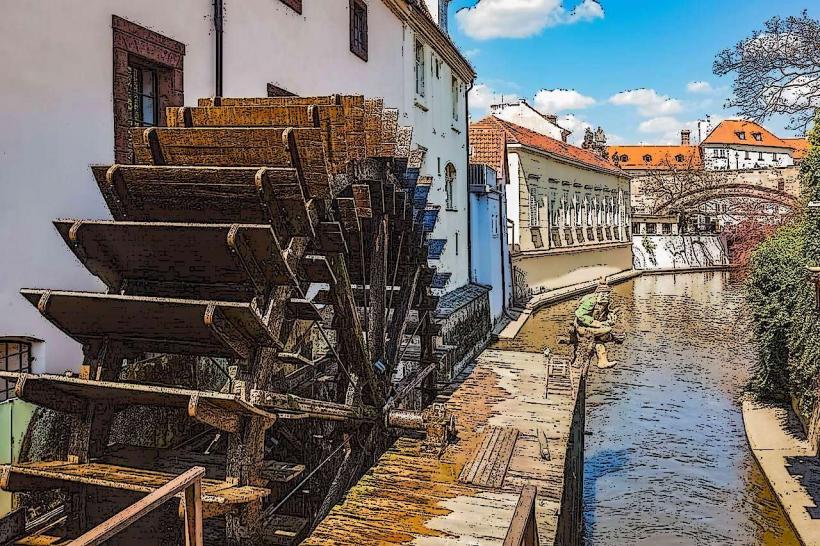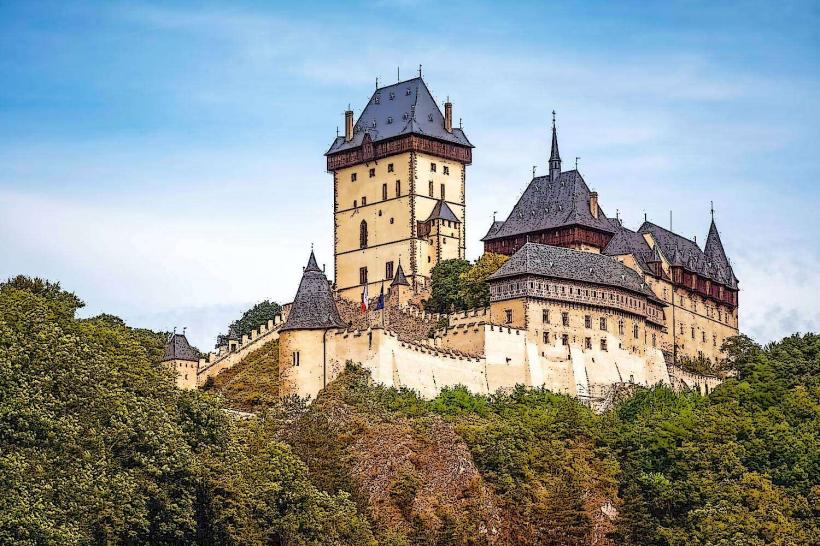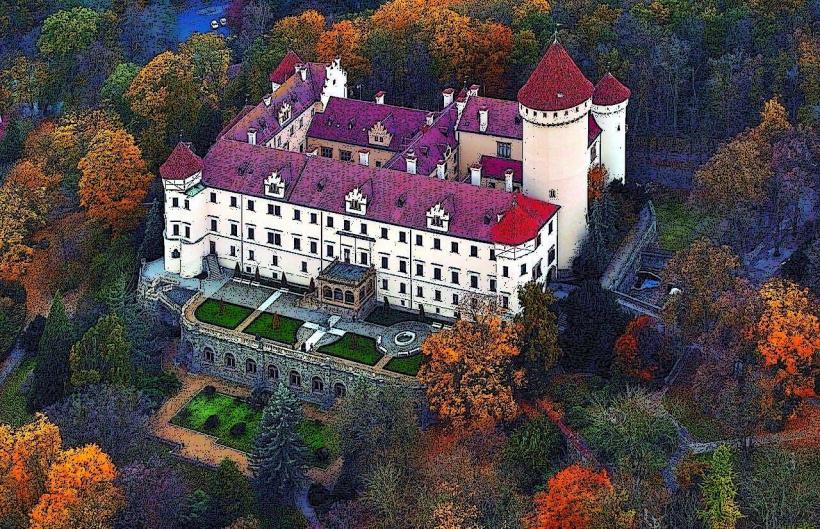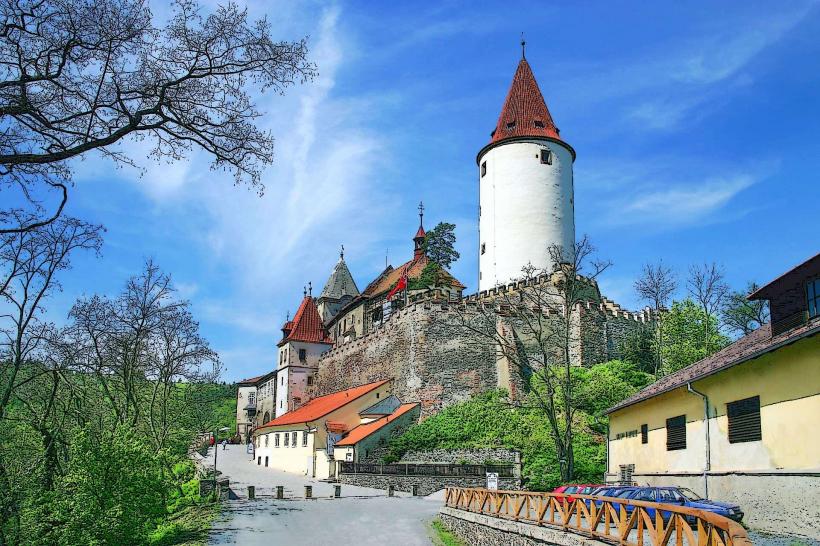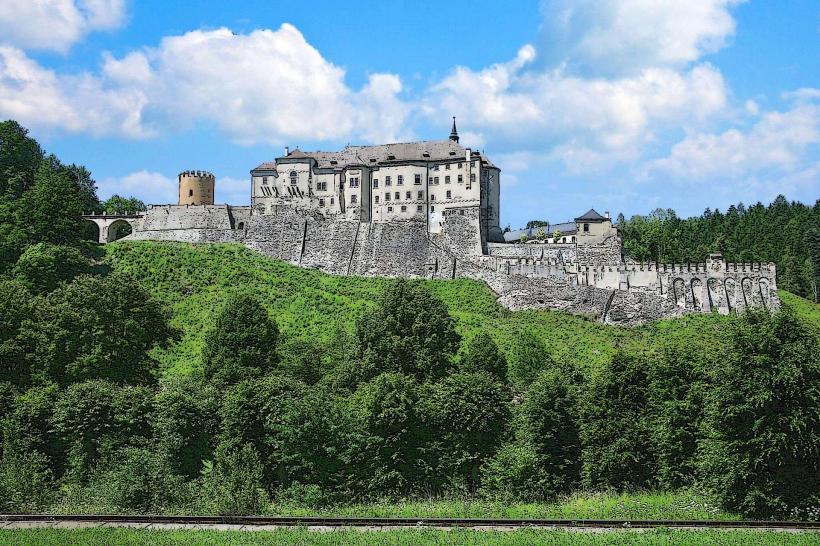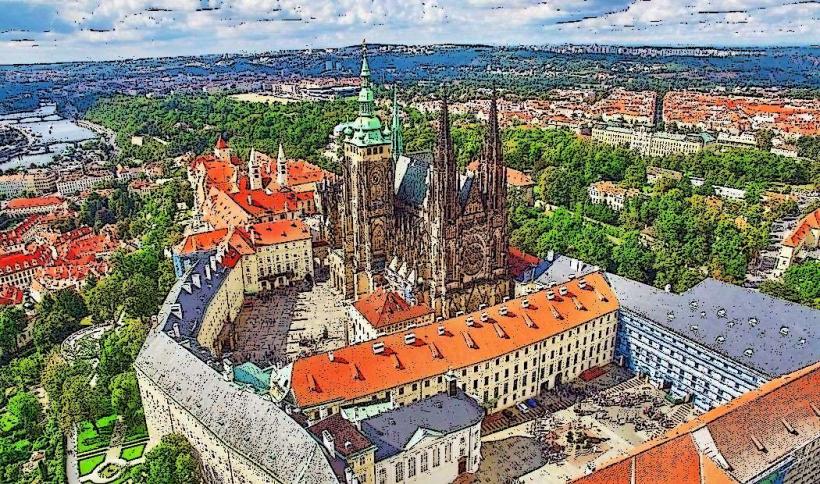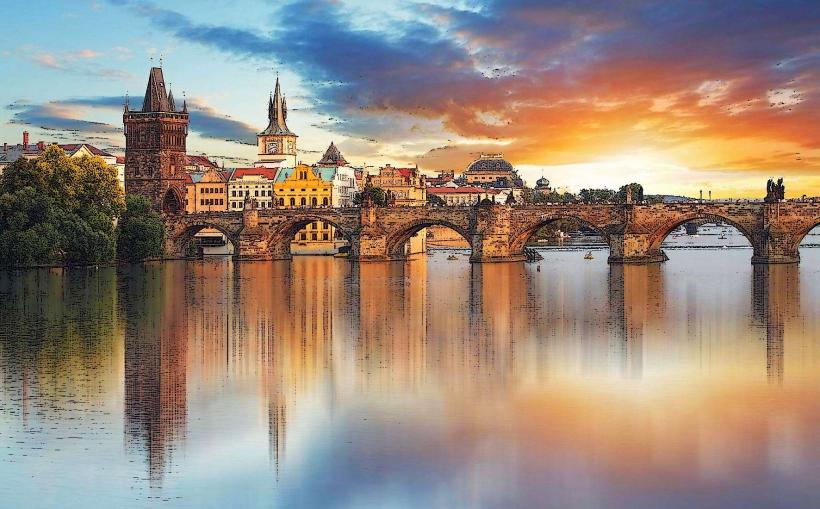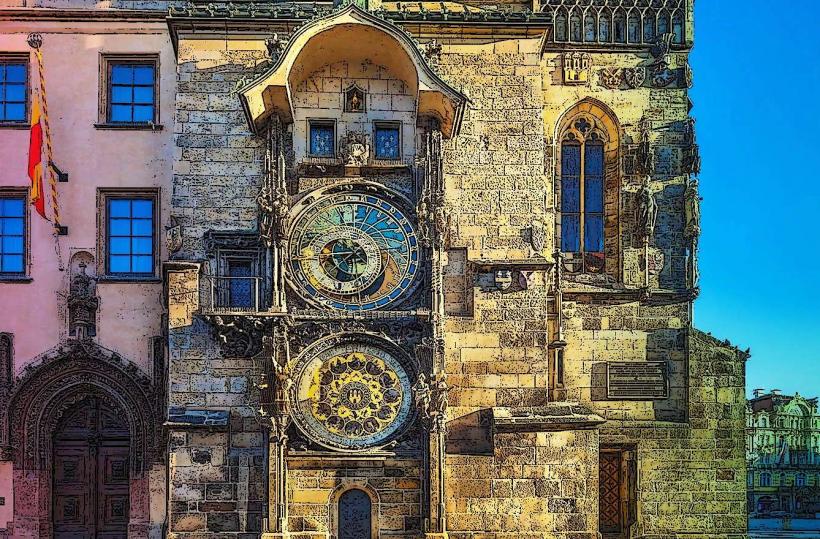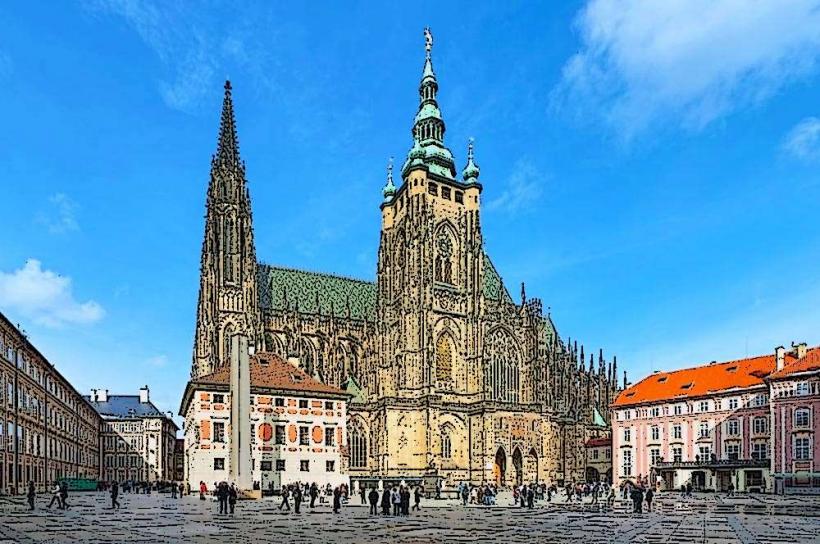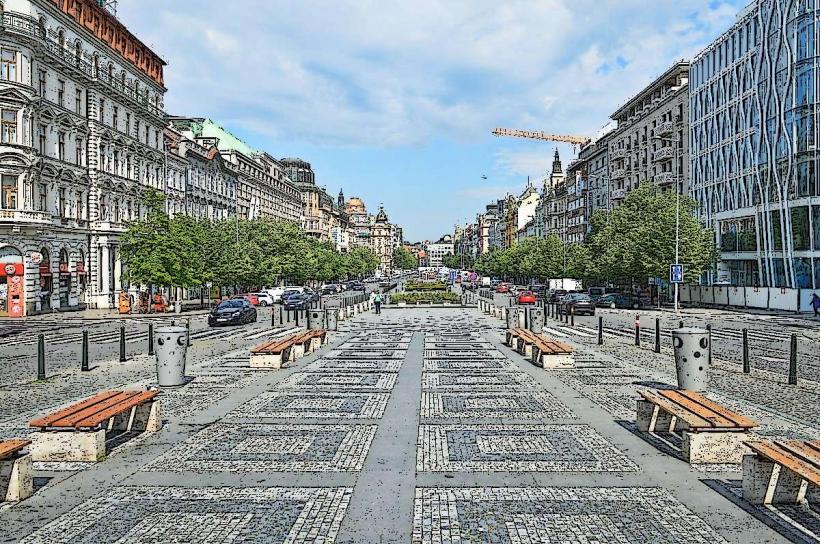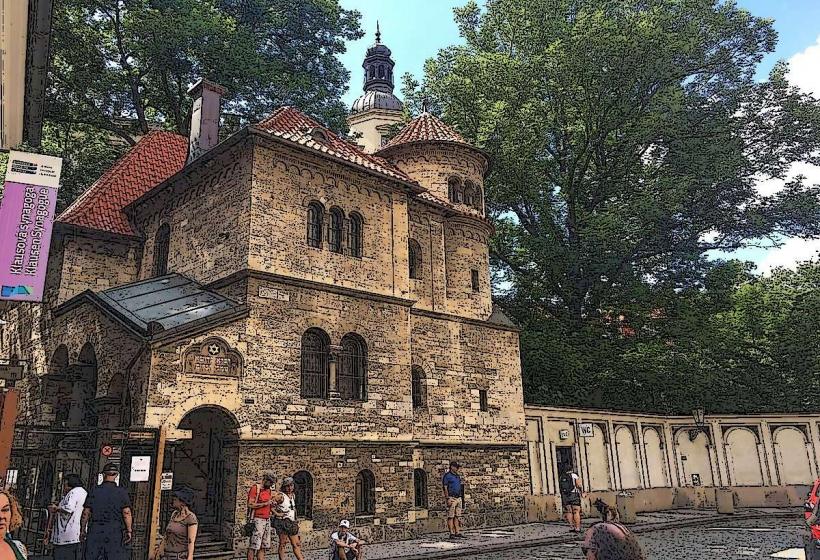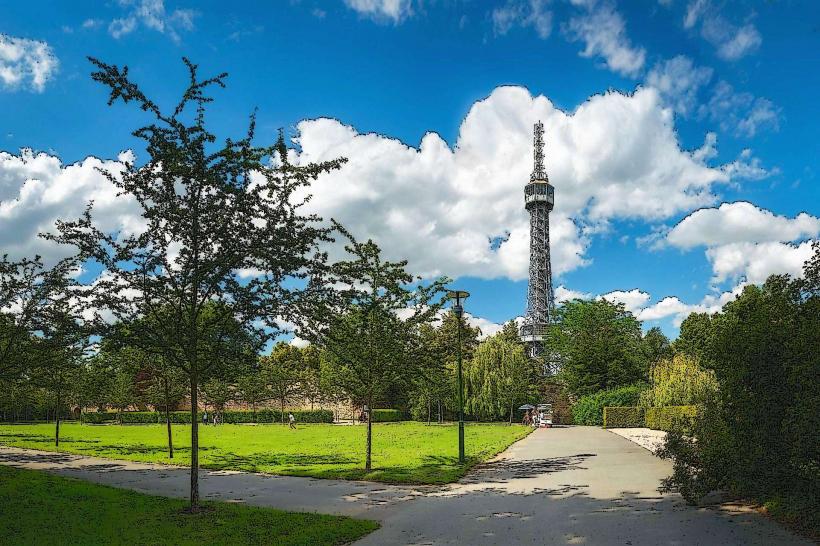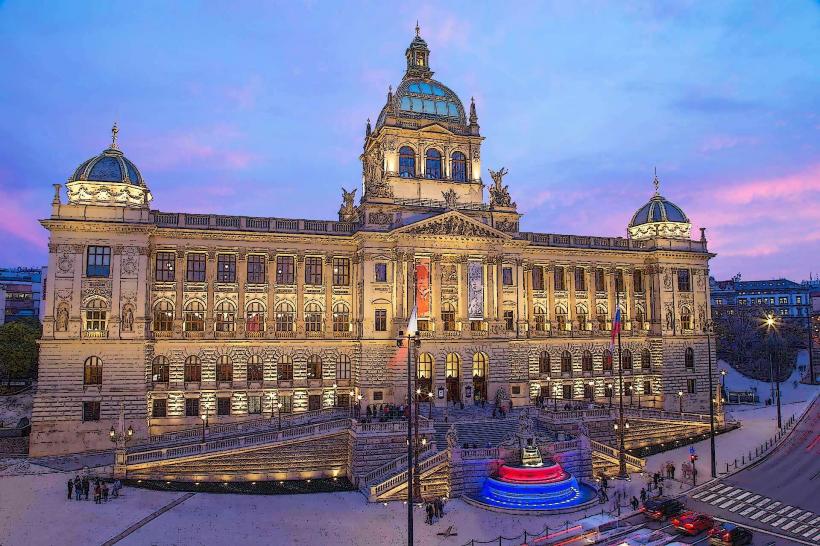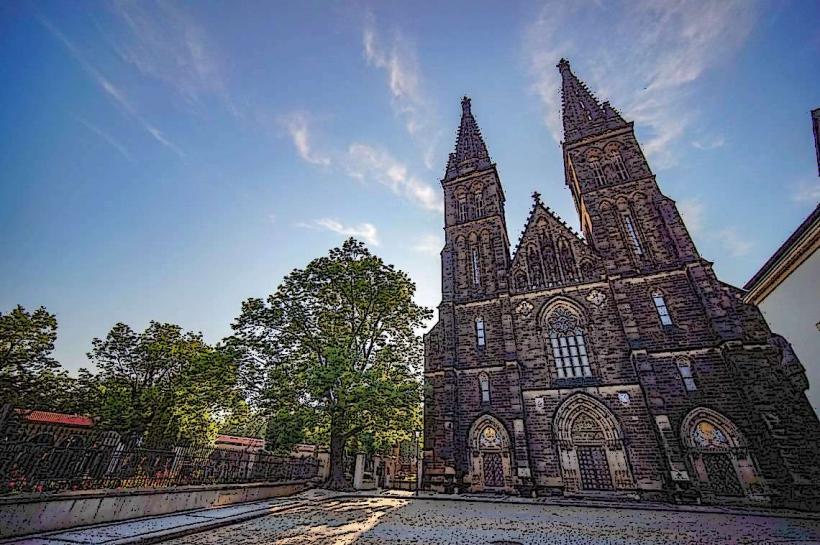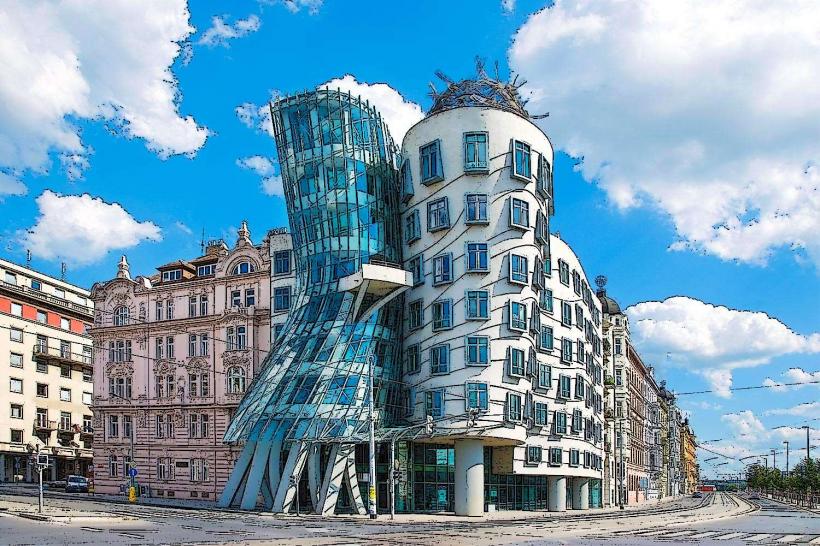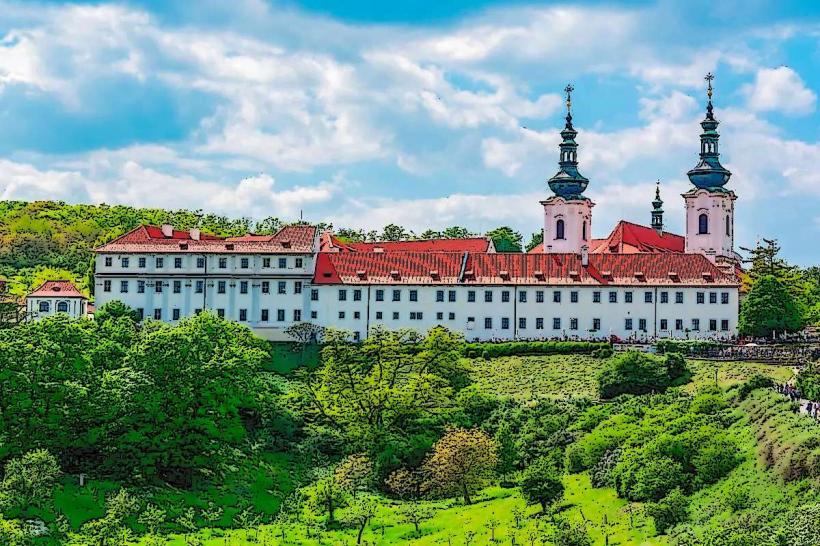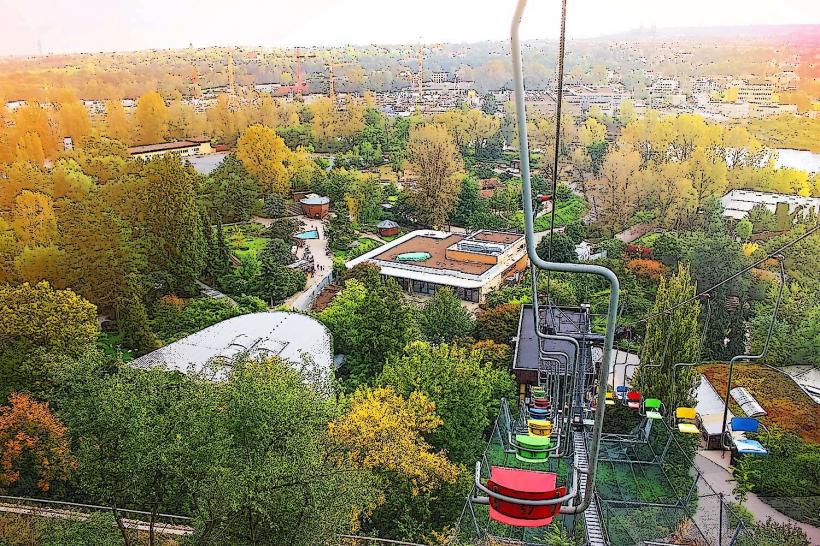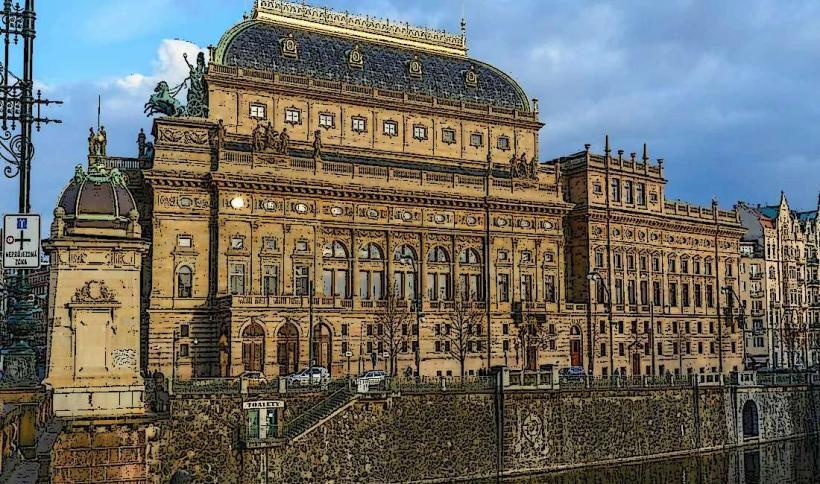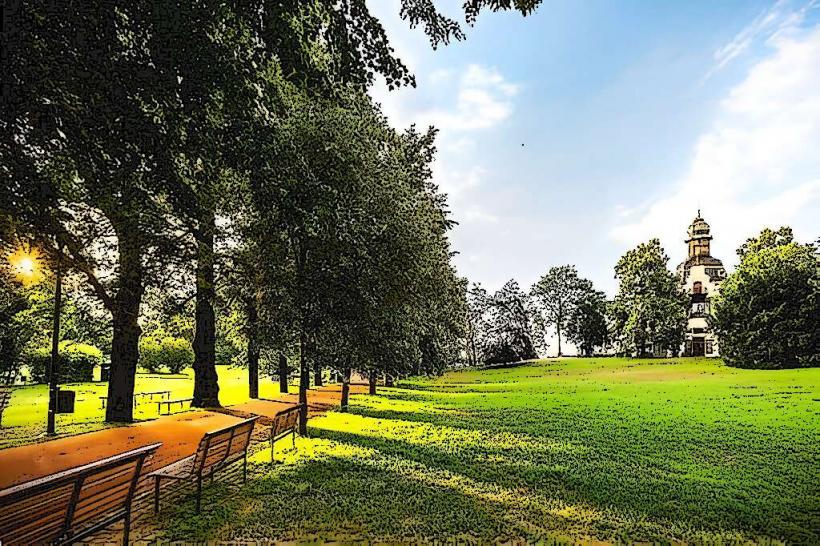Information
Landmark: Lennon WallCity: Prague
Country: Czech Republic
Continent: Europe
Lennon Wall – Detailed Overview
The Lennon Wall in Prague is one of the most iconic landmarks in the city, renowned for its vibrant collection of graffiti, artwork, and messages of peace and love. Located in the Mala Strana district, just beneath the Prague Castle, the Lennon Wall is a symbol of freedom of expression, protest against oppression, and Czech resistance to the Communist regime.
Historical Background
The Lennon Wall has a deep historical and political significance, closely linked to the turbulent political landscape of Czechoslovakia during the Cold War era.
Origins and Early History (1980s)
The origins of the Lennon Wall date back to 1980, after the assassination of John Lennon, the legendary member of The Beatles. Following his death, a portrait of Lennon, along with various lyrics, quotes, and references to his peace activism, began to appear on the wall.
Youth Protest: At the time, Czechoslovakia was under the communist regime of President Gustav Husak, which stifled political freedom and silenced dissent. The wall became a form of protest by young Czechoslovakians, who admired Lennon’s messages of freedom, peace, and individual rights. They began writing on the wall with graffiti and painting images inspired by his ideals.
Resistance and Repression
As the wall grew more vibrant, it became a political symbol of resistance against the oppressive Communist regime. The government initially tried to erase the graffiti and shut down the wall’s growing presence, but it was an ongoing battle as new messages and artwork were continuously added.
The authorities considered the wall an anti-government demonstration and made repeated attempts to cover it up, but each time, the artists would return to repaint the wall, making it an act of rebellion and defiance against censorship. It became a popular place for young people and activists to express their frustration with the regime.
The Wall After 1989
- Following the Velvet Revolution in 1989, which peacefully ended Communist rule in Czechoslovakia, the Lennon Wall became a symbol of freedom and a monument to the victory of democracy.
- The wall continued to evolve and took on new meanings, reflecting the spirit of democracy, global peace, and human rights.
Significance of the Lennon Wall Today
The Lennon Wall remains one of Prague’s most popular and unique tourist attractions. It is not just a wall covered in graffiti but a living monument to the Czech struggle for freedom and the pursuit of peace. Some of its key attributes include:
A Place of Expression
The Lennon Wall continues to be a place where visitors and locals alike can express their feelings, thoughts, and ideals. Over the years, it has been covered with new graffiti, artwork, messages, and tributes reflecting current issues, struggles for justice, and calls for peace.
The messages on the wall often include references to global and local political events, social justice causes, and universal themes of freedom and love. The wall is a canvas for creativity and spontaneous expression, with new layers of graffiti constantly added, covering up previous messages.
Symbol of Peace and Freedom
- John Lennon was a prominent advocate for peace and anti-war movements, and his messages of love and harmony resonate deeply with people around the world. The Lennon Wall embodies these ideals, making it not just a piece of history, but also a living statement of the importance of freedom of speech and the right to express dissent.
Political Symbol
- Although its origins were tied to the anti-communist movement, the Lennon Wall has become a universal symbol of resistance against any form of political oppression. Throughout the years, it has been used to convey political messages and support various causes, such as human rights, environmental issues, and the fight against authoritarianism.
Cultural and Artistic Hub
- Today, the Lennon Wall is not just a place of political expression but also an artistic space, where artists and street performers can showcase their work. Its constantly evolving nature makes it a dynamic cultural landmark in Prague, attracting photographers, artists, and tourists from around the world.
What to Expect When Visiting the Lennon Wall
The Lennon Wall is located on the Kampa Island in the Mala Strana district of Prague, near the Charles Bridge and the Vltava River. The wall is situated along a small street, so it’s easy to find while exploring the city’s picturesque old town.
Visitors can see a constantly changing canvas of vibrant paintings, artwork, quotes, and graffiti that often reflect global political movements, peace activism, and current events.
The Lennon Wall is not just about looking at art but about participating in it. Many people leave their own messages of peace and love on the wall, continuing the legacy of free expression. It is common to see visitors writing their own messages or adding to the artwork, creating a sense of community and connection.
Interesting Facts
The Lennon Wall has been a symbol of resistance for over 40 years and has undergone constant transformation. The wall’s history of censorship and defiance against authorities makes it a powerful symbol of Czech resilience.
Despite being covered over many times, the messages of freedom and protest on the Lennon Wall have persisted, and new generations continue to add to its message.
The wall has also become a tourist attraction, where visitors from around the world come to witness the vibrant and evolving display of art and political statements.
Conclusion
The Lennon Wall is more than just a colorful mural—it is a symbol of freedom, expression, and resistance. From its origins as a tribute to John Lennon to its modern-day status as a space for activism and creativity, the wall has played an integral role in shaping the Czech identity and its journey towards democracy and independence. Today, the Lennon Wall stands as a testament to the power of art and words in the fight for social justice, human rights, and global peace. It remains an important cultural landmark and a must-visit site for anyone exploring Prague.

